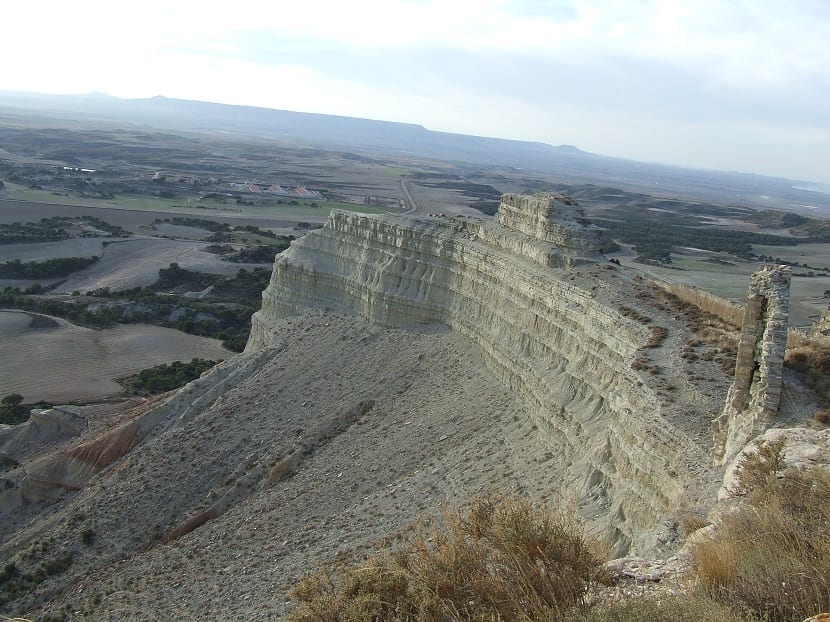
As we have seen in other articles such as the internal structure of the Earth, our planet is continually modified. There are a series of processes both internal and external that make the Earth is constantly transforming. In this case we are going to talk about geological agents. The internal geological agents are those that modify the internal structure of the planet as well as are responsible for the movements of tectonic plates.
In this post we are going to focus on external geological agents and their impact on the Earth's crust model. Do you want to learn more and adjust your notes with extra knowledge? In this article you will find it all.
Earth transformations
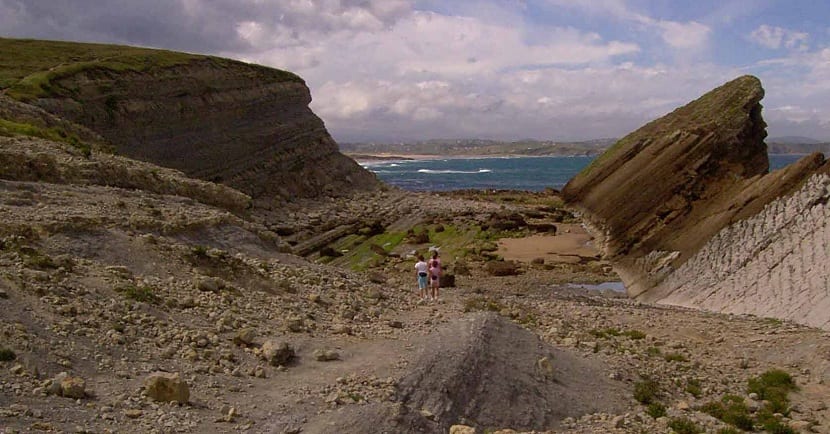
Unlike what happens with internal geological agents, external ones do not create depressions, mountain ranges or volcanoes. They are those who level the ground and who are modifying the forms it has.
The main external geological agents they are erosion, transport and sedimentation. Weathering is also a very important geological agent since they are phenomena that take place in the atmosphere and affect the landscape. We will also see the types of existing weathering.
The forms that lands acquire through these processes are very varied. It is not that a mountain will be formed or deformed, but its relief and composition. For example, erosion eventually flattens mountain peaks after millions of years of continuous action. For example, an indicator of the age of a mountain is the altitude of its peak. If it has a pointed shape, it is young and if it is already leveled, erosion has continued to act for millions of years.
External geological agents can be both physical and chemical. These first ones are in charge of modifying the form, while the second ones modify the chemical composition of the places where they are acting. A key example is the chemical weathering that rocks undergo over time.
Landscapes are the result of the interaction of all geological processes, in addition to the action of flora and fauna. Let's not forget that a landscape is composed of the action of many living beings that are also in continuous development and have a certain impact on the environment. And of course, the human being is another very conditioning factor in the diversity of landscapes today.
Weathering
Physical weathering
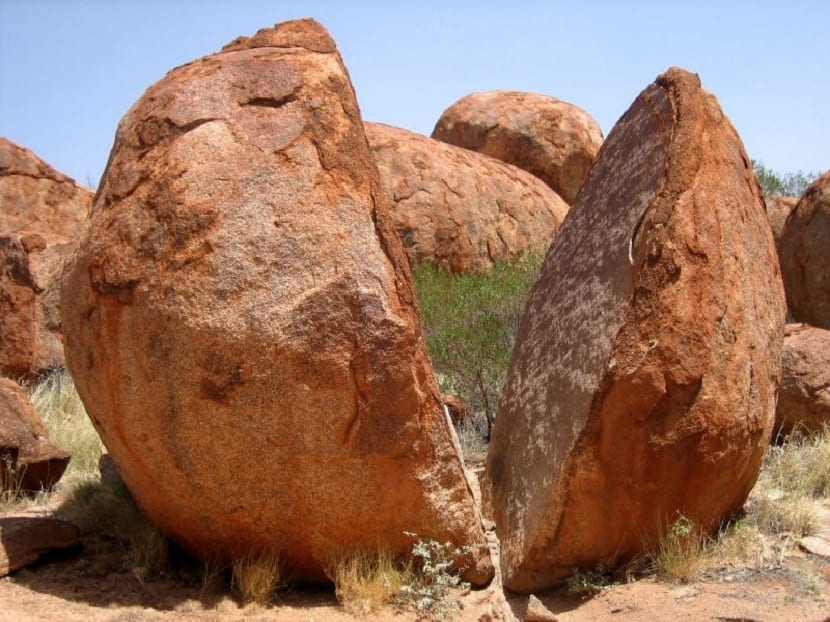
Physical weathering is a process that breaks or modifies rocks depending on its action and environmental conditions. They are capable of fragmenting and disintegrating them. They also act on minerals. The most frequent causes of physical weathering are rain, ice, thaw, wind, and continuous changes in temperature between day and night.
It is thought that these changes are not conditioning factors in the modification of rocks and their shapes, but they are. Especially in places where the thermal amplitude is large (such as in deserts) the physical weathering caused by temperature changes is much greater.
There are three types of weathering. The first is the one we have mentioned about temperature changes. Over the years, these continuous changes cause the materials to break. It also occurs frequently in areas that have a climate of low humidity and large temperature variations.
The second type is biogenic weathering. This is caused by the action of microorganisms and organisms such as mosses, lichens, algae and other mollusks that affect the rock surfaces. This action constantly weakens them and makes them more vulnerable to other actions.
Chemical weathering
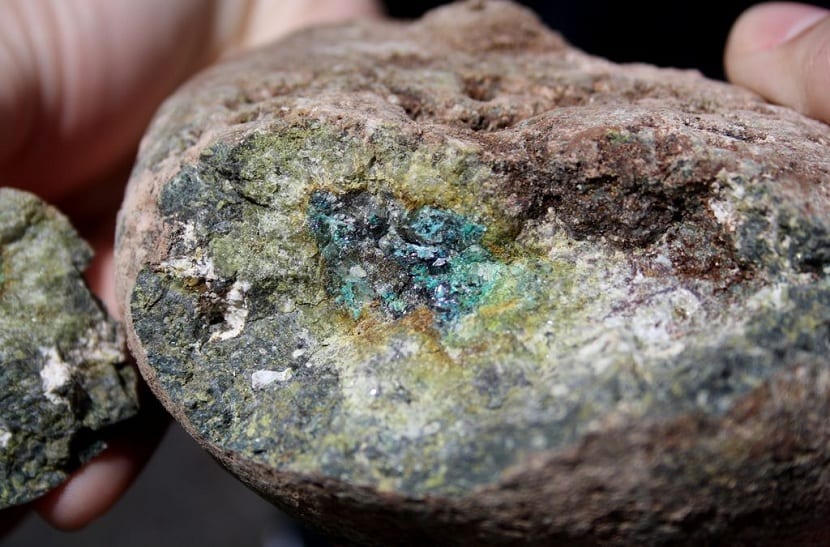
What we are left with is chemical weathering. This is what takes place especially in humid climates and causes chemical reactions that take place between gases in the atmosphere and minerals present in the rocks. In this case, what takes place is the disintegration of these particles. Water and the presence of gases such as oxygen and hydrogen become triggers for chemical reactions causing weathering.
One of the main reactions that takes place in this case is oxidation. It is the combination of oxygen from the air dissolved in water with minerals from rocks. This is when the oxides and hydroxides are formed.
Erosion and transport
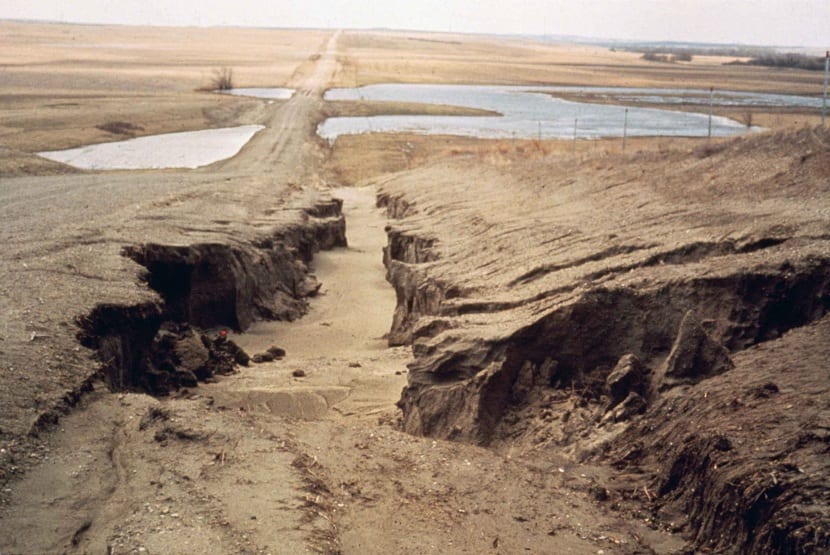
Erosion is the process that occurs when rain, wind, and water flows are continuously acting on rocks and sediment. They cause the fragmentation and deformation of the rocks And it is an ongoing process. As the rocks are eroded, they lose volume and their appearance and structure are deformed.
Transportation is the process that results from the action of erosion. The sediments and fragments divided from the action of erosion in the rocks are transported by the wind, torrents of water, glaciers, etc. Sediments do not have to be detached from the ground to be transported. They can be transported in three ways:
- Crawling, in which they crawl along the surface of the ground.
- Suspension. Here are the sediments suspended both in the water and in the air. For example, small particles or leaves both in water currents and in gusts of wind.
- Diluted. They are part of the composition of water or air.
Sedimentation

It is the last external geological agent that we lack. It corresponds to the deposition of solid particles that have been transported by erosion. These particles are called sediments. The areas with the highest amount of sediment They are the mouths of rivers and in places like seas and oceans.
The sediments once deposited are, in turn, removed by other geological agents such as erosion and weathering. If these sediments acquire large size and compaction over the years, they form sedimentary rocks.
This is how the geological dynamics of our planet works.